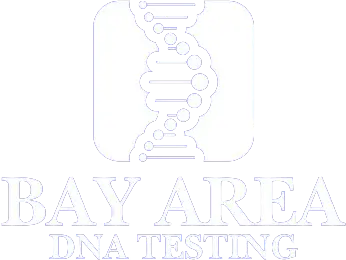
Medically reviewed by Dr. Kellie Scott, MD, CCFP, FCFP, Family physician

Written by Karen Robock | Dec 1, 2022
It might be stressful to not know who your baby’s biological father is, but try not to worry – there are ways to figure it out.
If you’re not sure who the dad of your baby is and you’re concerned about it, you might well be able to work it out by looking back at when your last period started.
How do I know when I conceived?
To figure out when you conceived, you need to know when you were most likely to get pregnant, or when you were at your most fertile. If your periods are regular, this should be fairly simple.
First of all, write down when the first day of your last period was. If you don’t make a note of when your periods start, try to remember other things. Think about where you were or what you were doing when your last period started.
Most women have a period every 28 days. If you do, work out the date your last period started, and count forward two weeks. That’s when you would have been fertile because it’s around that time that your ovaries release an egg. When your ovaries release an egg, it’s called ovulation.
You’ll ovulate 14 days before the date your next period is due. So, it’s an easy sum to do if you have a 28-day cycle. You’ll be fertile halfway through your cycle.
But if your periods come more or less often than 28 days, you’ll need to adjust the numbers. So, say you have a period every 23 days. Work out the date that your next period was due (the one you’ve missed) and count back 14 days. In a 23-day cycle, you’ll ovulate on day nine.
It’s helpful to also keep in mind that you could have become pregnant if you had sex in the three or four days before you ovulated. Sperm can survive for several days inside the fallopian tubes (the tubes that carry eggs to your uterus), waiting to fertilize an egg when it’s released.
You may get more clues about when you conceived your baby when you go for your first ultrasound. You will be offered what’s called a dating scan when you’re between 11 and 14 weeks pregnant. The scan gives you the first chance to see your baby!
It’s called a dating scan because it will work out how pregnant you are and the date when your baby is likely to be born. The date is called your due date.
Scans are more accurate than counting from the first day of your last period. The person doing the scan (sonographer) will look at your baby’s size. Knowing how big they are will make it easier to predict their due date. You can also try using our due date calculator.
Once you know your due date, count back 38 weeks. That will give you the rough date you got pregnant.
What if I’m still unsure who the dad is?
If you were with more than one partner in the space of a few days, it may be tricky to tell for certain who the dad is. If that’s the case, although it’ll be hard, try not to dwell on it too much during your pregnancy. It can all be sorted out once your baby is born.
It’s bound to be tough going through your pregnancy without sharing it with somebody you know is your baby’s dad. Talk to family and friends if you can, or to your doctor or midwife.
Your doctor or midwife is there to take care of you, which means they will want to help you with anything they can, throughout your pregnancy.
Once your baby is born, you may be so focused on your new arrival that these concerns become less of an issue. In time, though, you may want your baby’s dad to share in caring for your baby. And as your child grows, they will want to know who their dad is.
Should I do a paternity test?
Paternity testing can give you a definitive answer about who your baby’s dad is. It’s likely to matter a lot to your boyfriend or former partner whether it is their child.
A non-invasive prenatal paternity test is simple and quick, and can be done as early as the ninth week of pregnancy, using a blood draw from the mother and a cheek swab from the possible father. After the baby is born, an at-home paternity test, using check swabs from both the baby and possible father, is another option for checking paternity.
Whichever method you choose, the cells are checked to see whether the assumed dad shares any genes, or DNA, with your baby. If he does, that means he’s the biological father.
You have to pay for a paternity test. The costs range from about $200 for a home paternity test kit to $1,500 for prenatal paternity testing.



